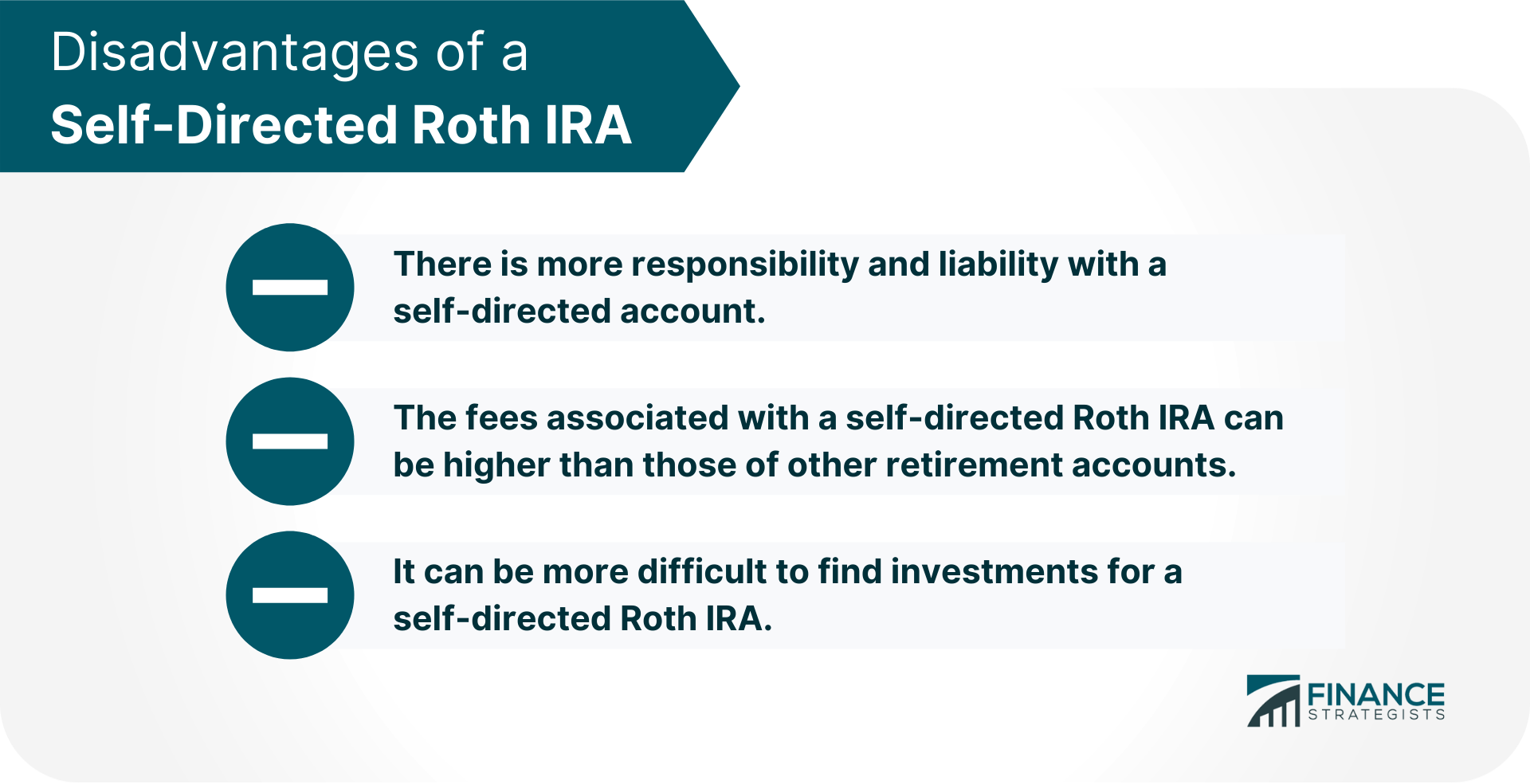When it comes to retirement planning, most people think of 401(k) plans and Individual Retirement Accounts, or IRAs. However, there is another type of retirement account that is often overlooked: the self-directed Roth IRA. A self-directed Roth IRA is an individual retirement account in which the holder can direct how their investments are made. This allows for greater flexibility and control over one's retirement savings. There are many different ways to invest in a self-directed Roth IRA. Some common options include stocks, mutual funds, and real estate. However, there are many other investment options available, including precious metals, private equity, and venture capital. Have questions about Self-Directed Roth IRAs? Click here. Anyone who meets the qualifications for a Roth IRA can have a self-directed account. To qualify for a Roth IRA, you must be earning income and you cannot be age 70½ or older. You must also have a taxable income of less than $124,000 if you are single or $196,000 if you are married filing jointly. Once you have established a self-directed Roth IRA, you can start investing in a variety of different assets such as stocks, mutual funds, and real estate. However, it is important to remember that there are some restrictions on what you can invest in. For example, you cannot invest in collectibles, such as art or antiques. When it comes to taxes, there are some guidelines that you should be aware of when investing with a self-directed Roth IRA. In order to avoid abusing the benefits of self-directed IRAs, the following two rules should be observed: This refers to people who are not allowed to make investments in a self-directed Roth IRA. The list of disqualified persons includes the following: This is a broader category that includes any transaction that would disqualify the Roth IRA from being tax-deductible. This includes transactions with disqualified persons, as well as investing in prohibited assets. Prohibited transactions include the following: The main advantages of using a self-directed Roth IRA are: This allows for increased diversification and the ability to make the most out of your retirement savings. Traditional or regular IRAs do not allow you to use alternative investments such as real estate. With a self-directed Roth IRA, however, you can invest in these sorts of assets. There is no 10% penalty fee or taxes on withdrawals as long as one meets certain requirements. Also, if your account is holding a Roth IRA conversion, you are allowed to make penalty-free withdrawals of your converted funds at any time. This includes being able to contribute more money each year and taking out money without penalty. The main disadvantages of using a self-directed Roth IRA are: Since the account holder is responsible for making investment decisions, it is important to do your homework before investing in any asset. This is because you are typically charged an annual administrative fee as well as a fee for each transaction. This is mainly because not all investment firms offer this type of account. You may need to do some extra research to find the right investments for your needs. A self-directed Roth IRA can be a great way to have more control over your retirement savings. A self-directed Roth IRA may not be for everyone, but it certainly has its benefits and advantages over traditional retirement accounts. If you are interested in using a self-directed Roth IRA or have any questions about the rules and regulations regarding these types of accounts, consult with your financial advisor or tax advisor before making any decisions on how to invest your retirement savings.Who Is Eligible to Have a Self-Directed Roth IRA?
Investing With a Self-Directed Roth IRA
Tax Guidelines for Self-Directed Roth IRA
Disqualified Persons
Prohibited Transactions
Advantages of a Self-Directed Roth IRA

1. You can invest in almost any type of investment.
2. Withdrawals from a self-directed Roth IRA are tax-free.
3. There is more flexibility with a self-directed Roth IRA.
Disadvantages of a Self-Directed Roth IRA

1. There is more responsibility and liability with a self-directed account.
2. The fees associated with a self-directed Roth IRA can be higher than those of other retirement accounts.
3. It can be more difficult to find investments for a self-directed Roth IRA.
Final Thoughts
Self-Directed Roth IRA FAQs
A self-directed Roth IRA is an individual retirement account that allows investors to direct their investments. This includes investing in alternative assets such as real estate, rather than just stocks and bonds.
Yes, there are several advantages to using a self-directed Roth IRA. These include the ability to invest in a wider range of assets, tax-free withdrawals, and more flexibility with contributions and withdrawals.
Yes, there are some drawbacks to using a self-directed Roth IRA. These include more responsibility and liability for the account holder, higher fees, and difficulty finding investments.
The main difference between a self-directed Roth IRA and a traditional IRA is that with a Roth IRA, account holders are allowed to invest in alternative assets such as real estate. With a traditional IRA, account holders are limited to investing in stocks, bonds, and other traditional investments.
There are no age requirements for opening a self-directed Roth IRA. However, you must meet the same age requirements as with any other Roth IRA.
True Tamplin is a published author, public speaker, CEO of UpDigital, and founder of Finance Strategists.
True is a Certified Educator in Personal Finance (CEPF®), author of The Handy Financial Ratios Guide, a member of the Society for Advancing Business Editing and Writing, contributes to his financial education site, Finance Strategists, and has spoken to various financial communities such as the CFA Institute, as well as university students like his Alma mater, Biola University, where he received a bachelor of science in business and data analytics.
To learn more about True, visit his personal website or view his author profiles on Amazon, Nasdaq and Forbes.











